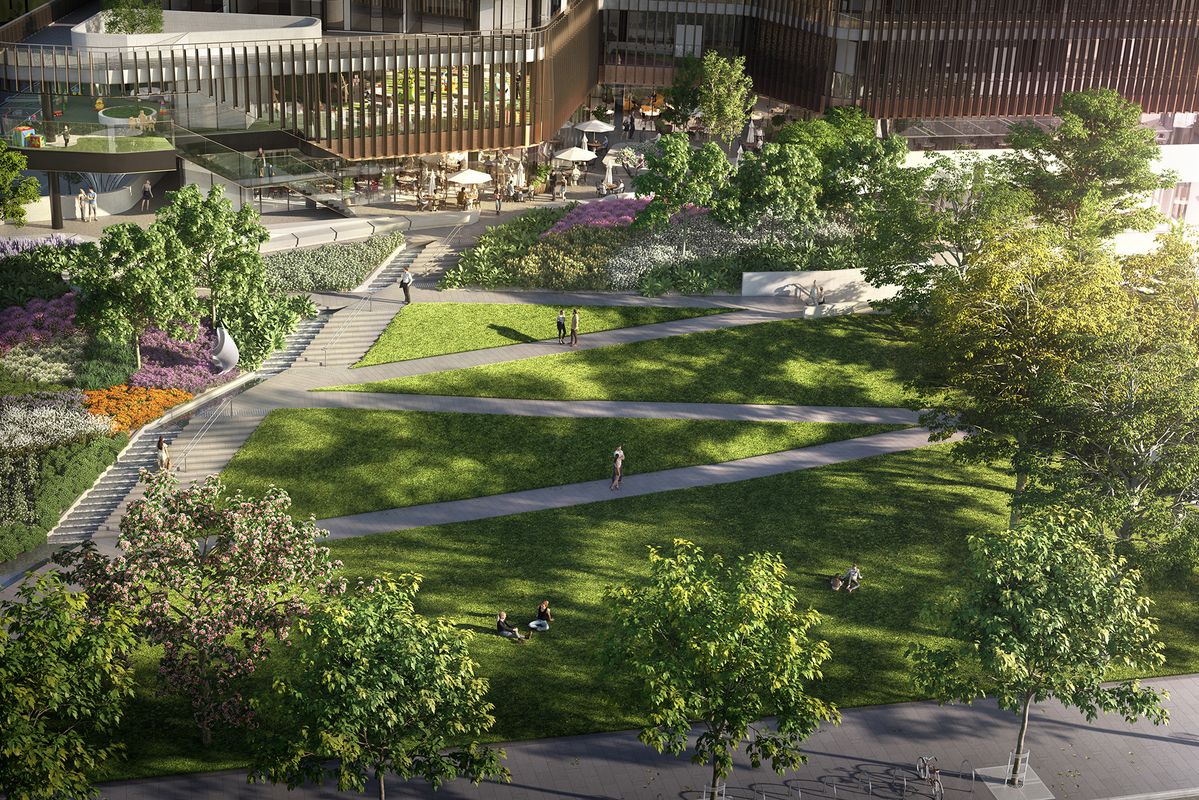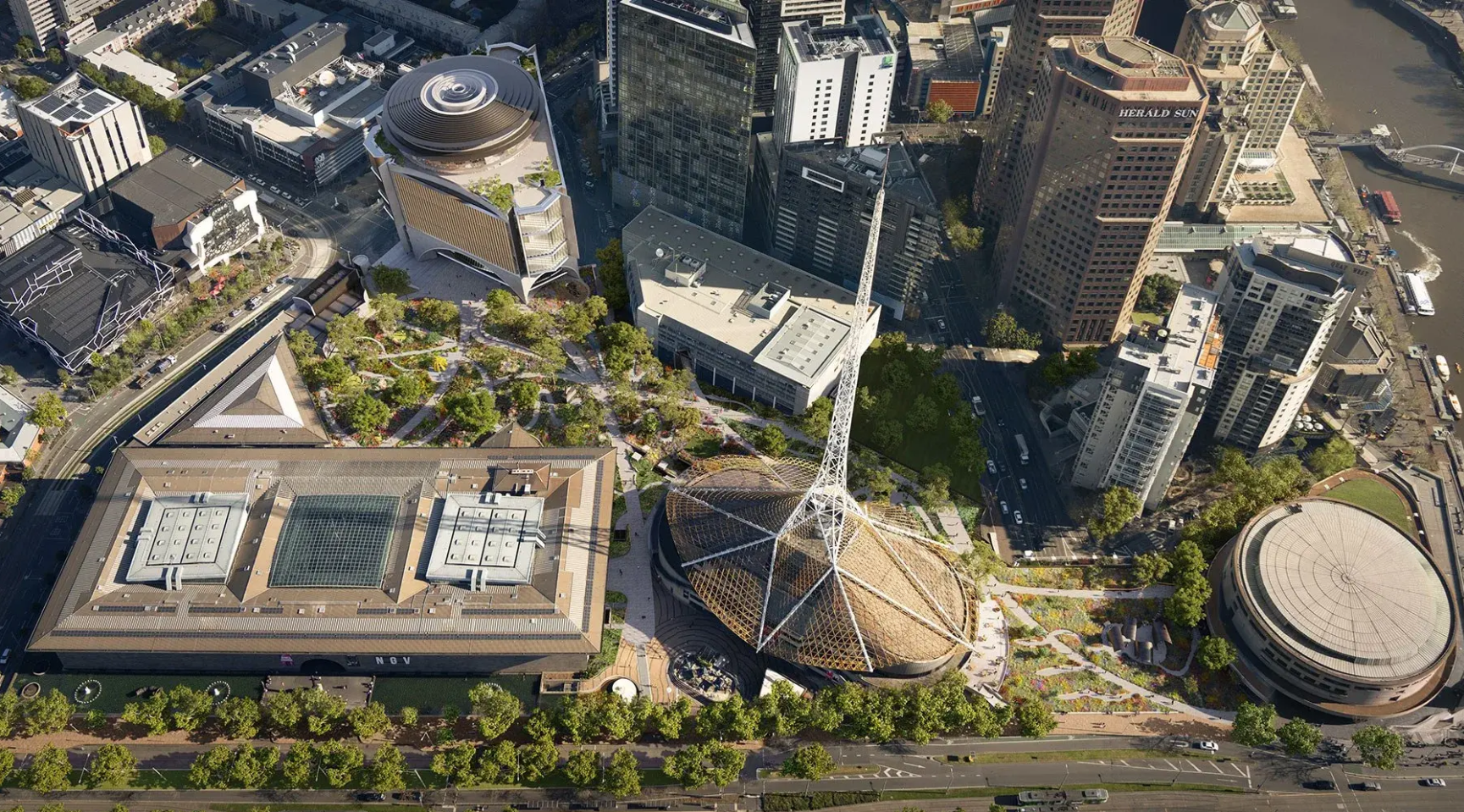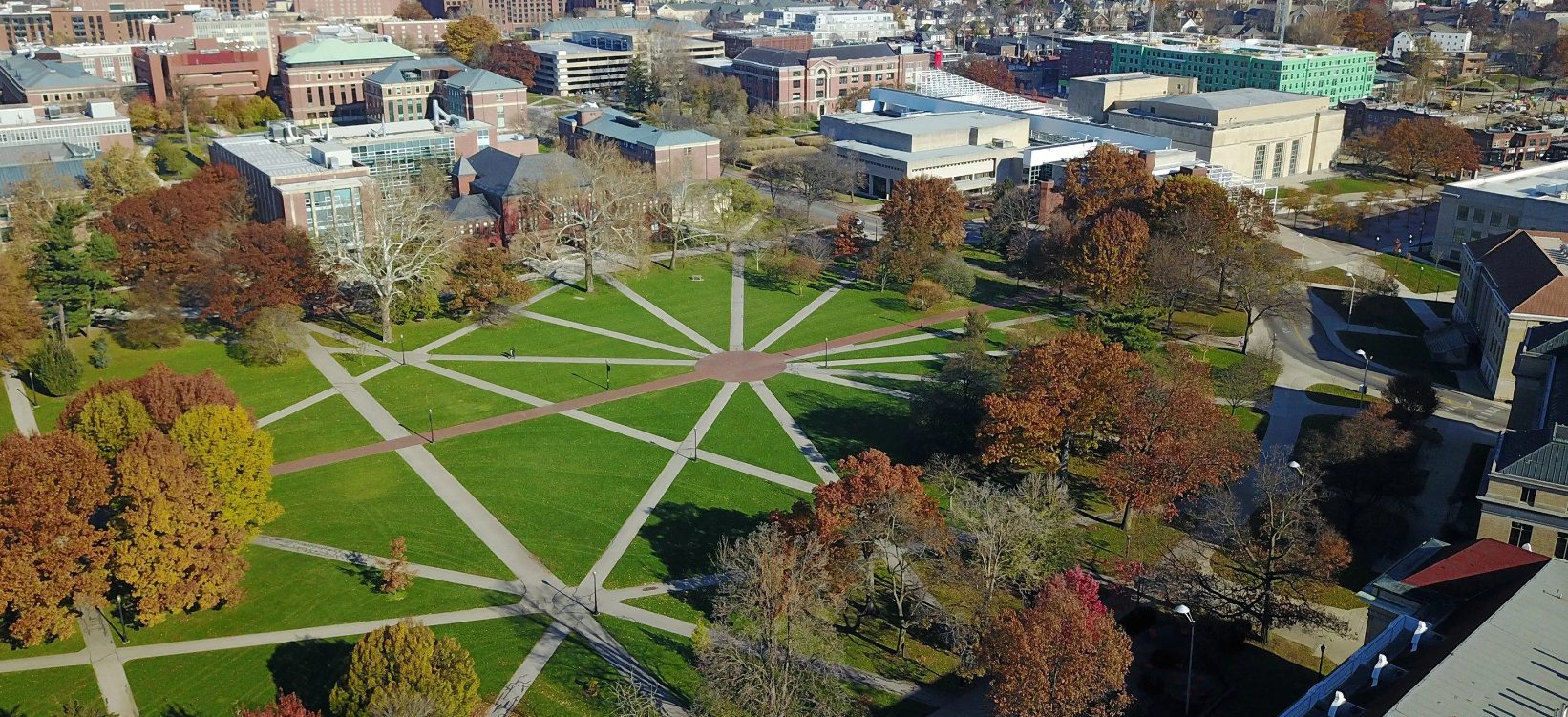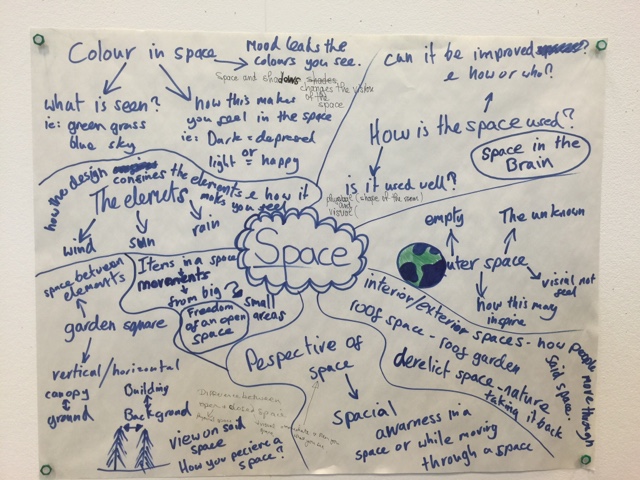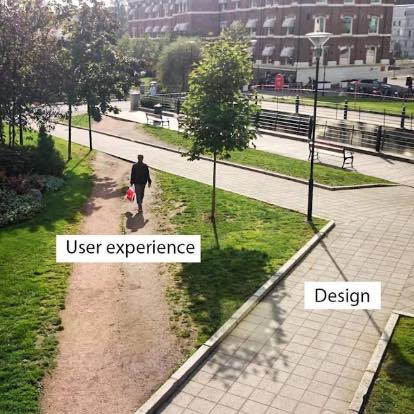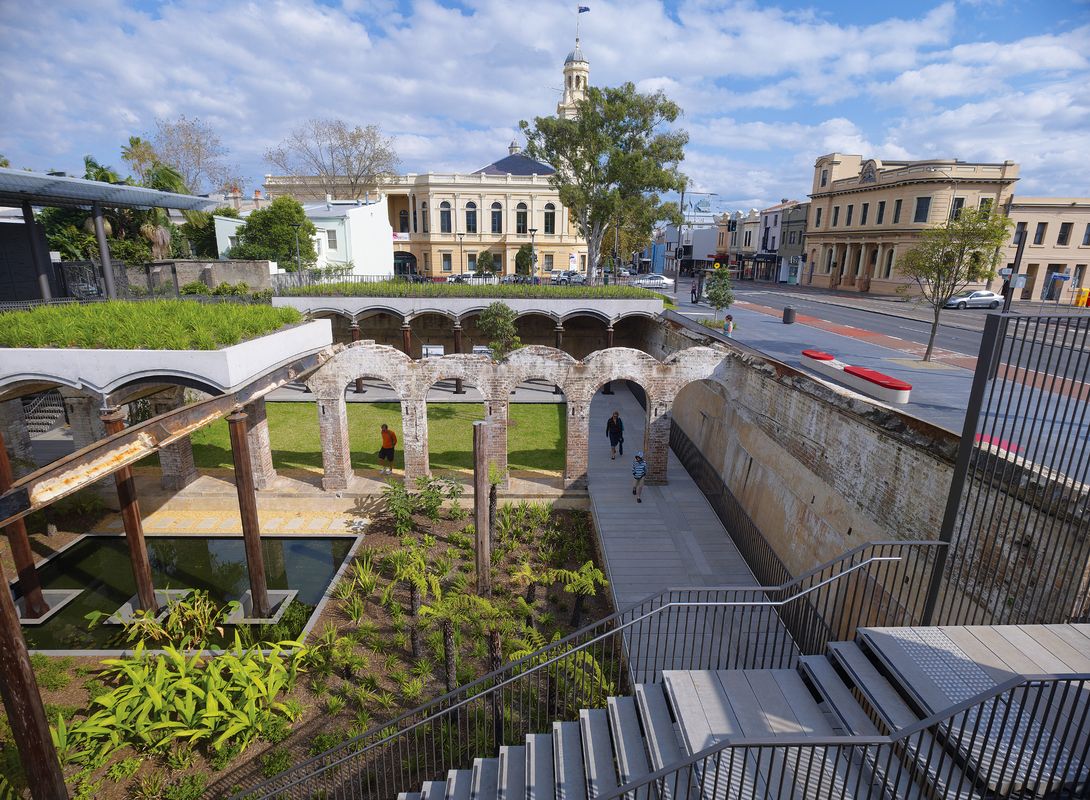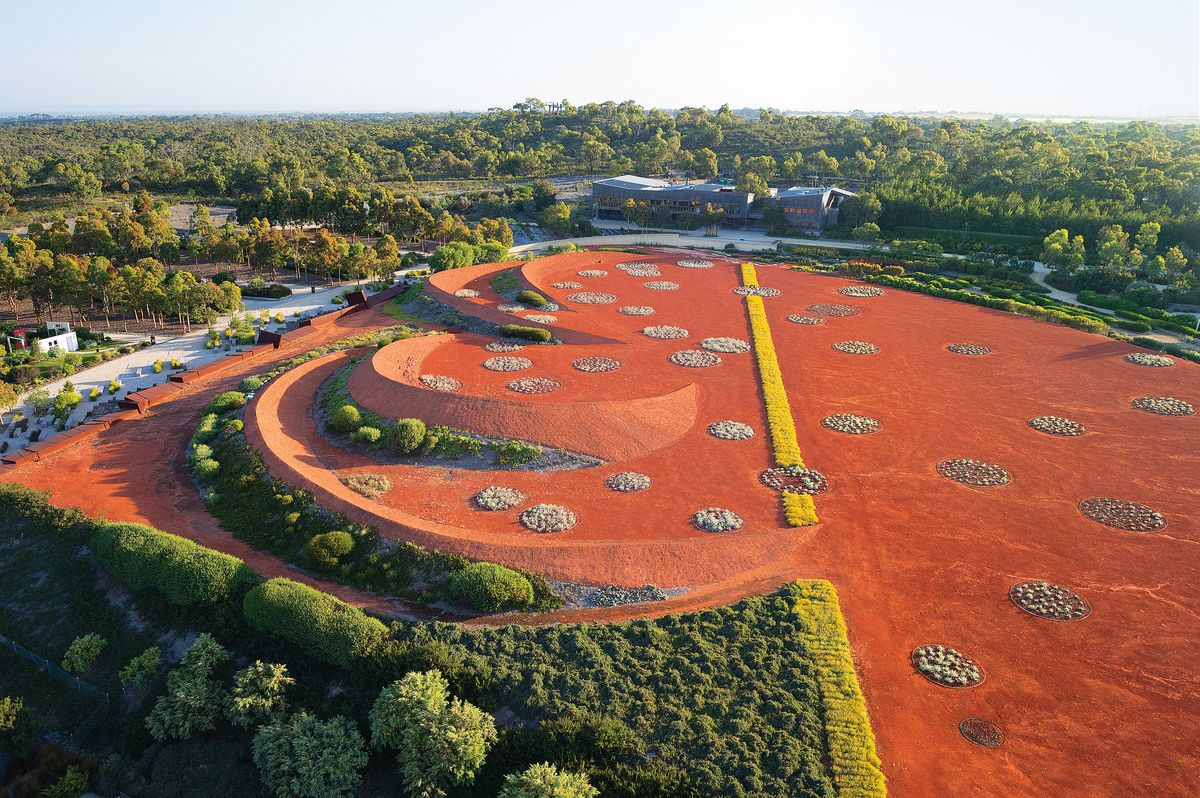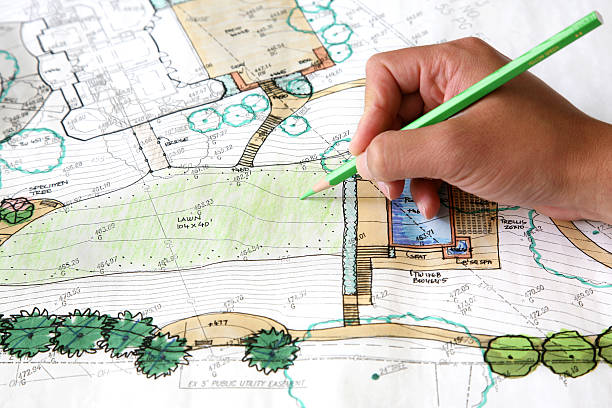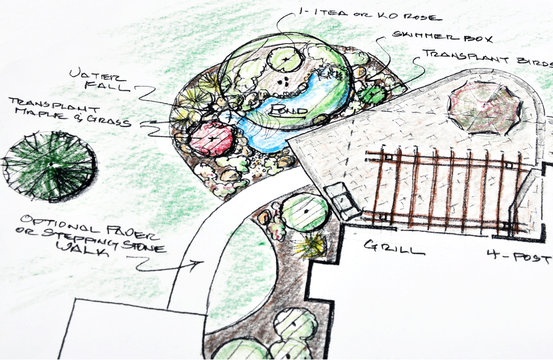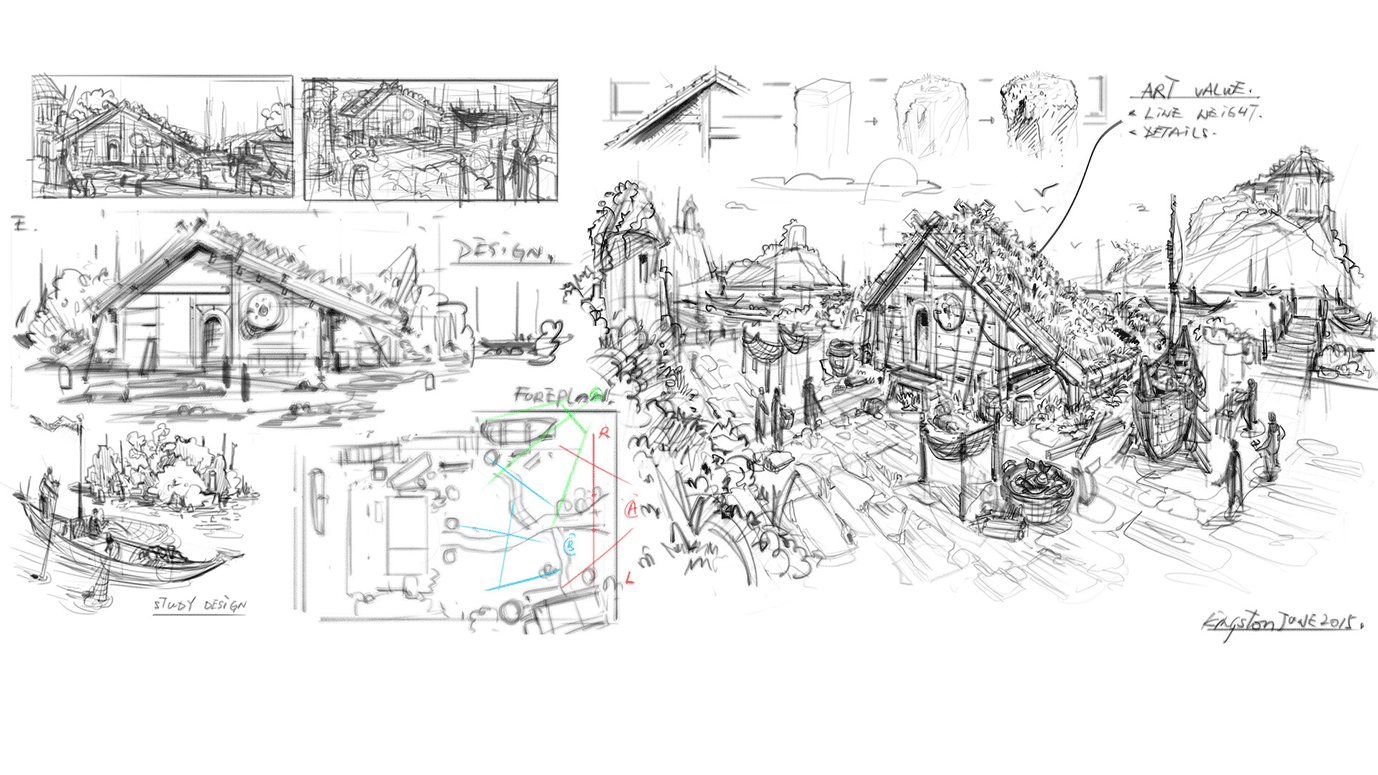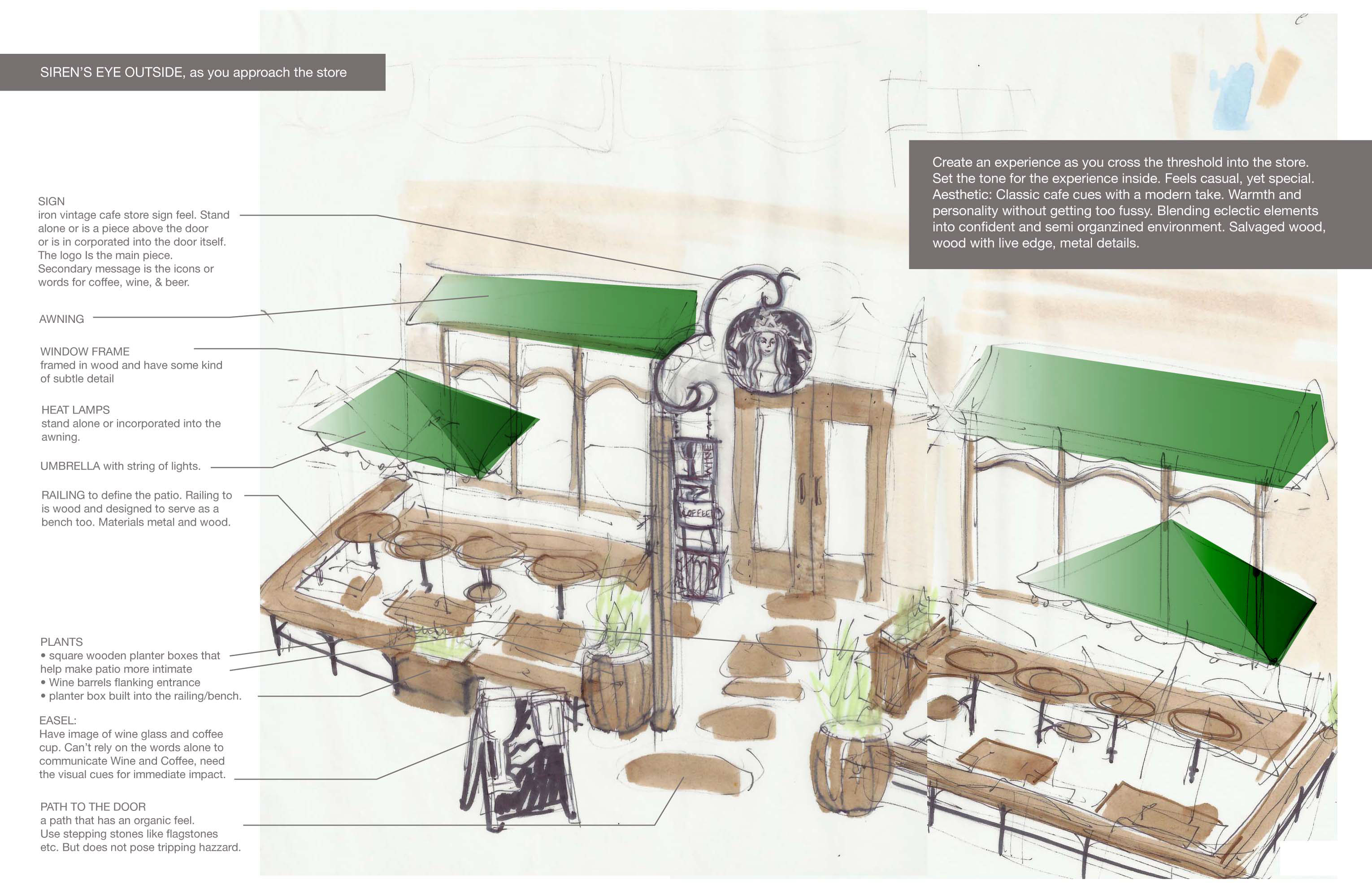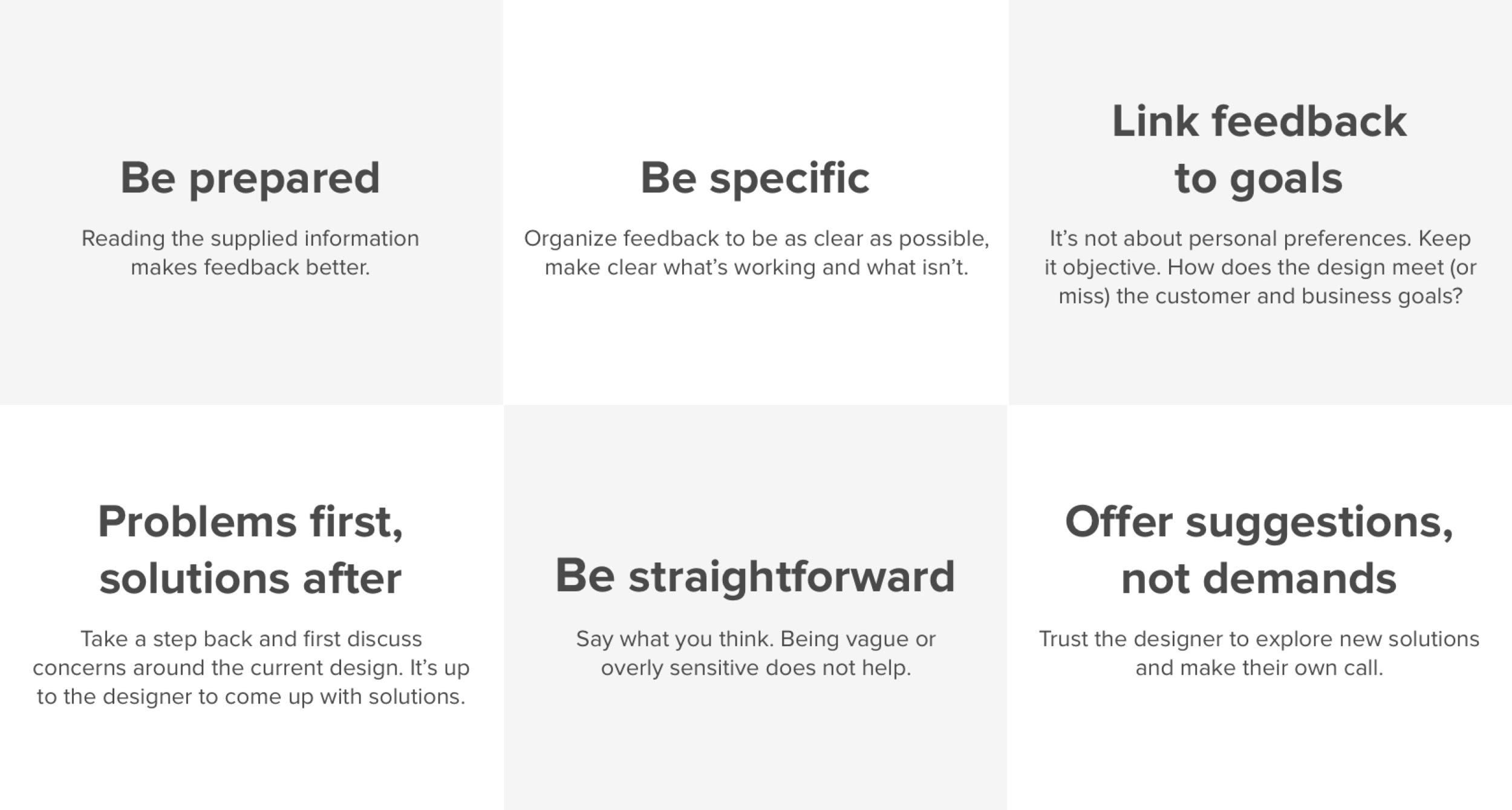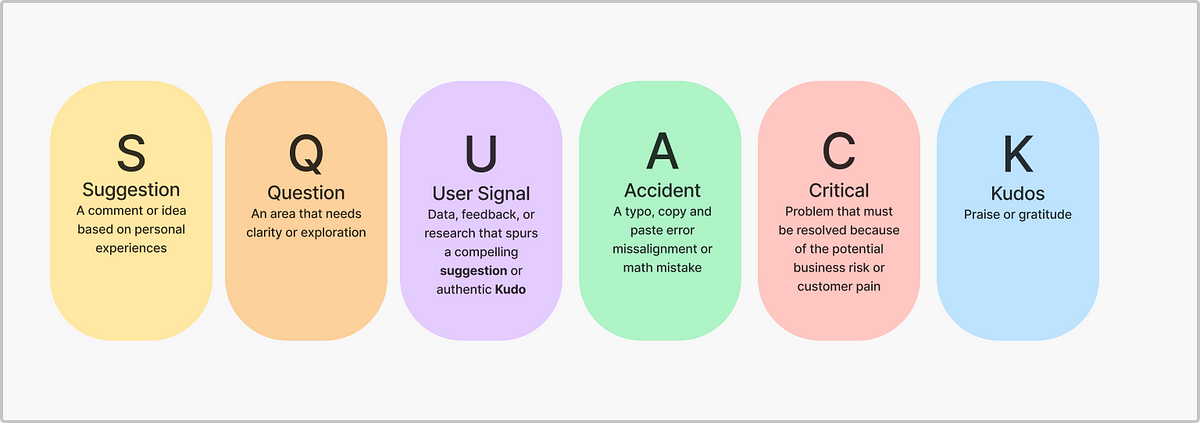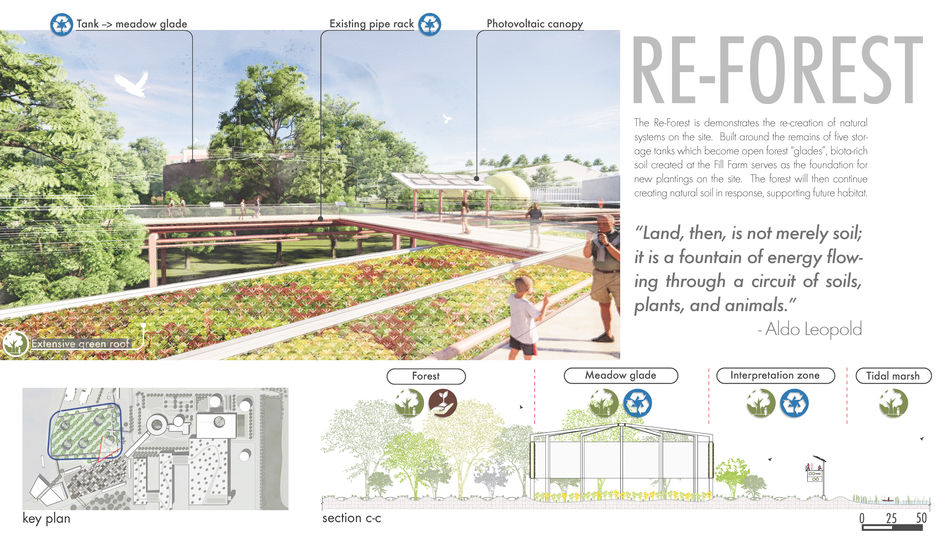DESIGN, PLACE AND TIME
In this area of study students will:
- Examine the relationships between design, place and time, and learn about the influence of context when designing environments in which to live, work and play.
- Analyse how design examples from landscape architecture and landscape design reflect and respond to their surrounding context, while considering how designers draw inspiration from other times and places.
- Engage with the Discover and Define phases of the VCD design process to identify environmental design problems specific to a location of choice.
- Use research methods to establish influential contextual factors such as economic, technological, cultural, environmental and social influences.
Overview - Outcome 1
Throughout this unit of study, students will:
- Reframe an environmental design problem in the form of a brief.
- Gather inspiration from both contemporary sources and historical design movements and traditions as you engage with the Develop phase of the VCD design process.
- Brainstorm design ideas inspired by contextual factors and selected historical design styles.
- Use schematic drawings and ideation sketches while experimenting with design elements and principles.
- Choose appropriate manual or digital drawing methods, media and materials to visualise and render forms, and to explore relationships in space from various viewpoints, such as paraline and perspective drawings, plans and elevations.
- Critique potential design concepts with peers and respond to feedback.
- Refine selected concepts, present your resolved design solution as either a model or documentation drawings with technical conventions.
Success Criteria
At the end of this unit, students will be able to:
- Apply the stages of the VCD design process to generate, refine, resolve and present an environmental design solution.
- Draw inspiration from contemporary and historical design styles and traditions when responding to an environmental design brief.
- Respond to contextual and historical factors when designing environments.
- Consider economic, technological, cultural, environmental, social factors that impact environmental design projects.
- Select and use a range of appropriate manual and digital methods, media, materials and design elements and principles to visualise environmental design ideas, concepts and solutions.
- Annotate design ideas and concepts using design terminology to explain and evaluate design decisions.
- Present final resolution of effective design solutions to meet the requirement of a brief
- Apply technical conventions to documentation drawings
RESOURCES
Week 1:
How do I annotate?
How to start my research?
Research sources
Week 2:
Brief template (located on the task page)
What is a brief? I forgot!
Week 3:
How do I start divergent thinking?
I don’t want to hand write my brainstorm, what can I use?
Week 4:
What makes good landscape design?
Historical landscapes of Melbourne
Bad landscape designs
Week 5:
How do I create an awesome generation of ideas page?
How can I extend my ideas?
Week 6:
What methods and materials should I explore?
Methods Media & Materials – Cheat Sheet
Week 7:
Where to get started for the critique?
Critique template (week 7 page)
- Setting Goals
- Structuring Lessons
- Questioning
TASK 1 - WEEK 1
In your folio:
- Include 1-3 pages of imagery (and weblinks) of landscape design from different settings.
- Annotate: what relationships can you identify between design, place and time? How does context influence the design of environments in which to live, work and play?
- Conduct some research into what some of the challenges are with both public and private landscape design, and what are some of the possible needs?
- Consider economic, technological, cultural, environmental and social influences.
- To conduct your research, you can consider: Internet research, google surveys, field research
Here are some sites with different perspectives to get you started with research:
- Setting Goals
- Structuring Lessons
- Worked Examples
TASK 2 - WEEK 2
Use this outline as a starting point. Extend or alter depending on your research findings.
Client: (Your school), needing a functional and engaging outdoor space. In 2024 Design Week held an event with a focus on good design for sustainable and responsible landscape design. It is a real and current issue!
Design Need/Purpose: A new school courtyard with GOOD design. The design should consider landscape designs from the past as an influence, as well as contemporary design trends. You might consider adding student common areas or play spaces in your brief. Is your design focusing on student areas, efficient paths, or a functional outdoor learning space?
Audience: Consider age, gender, socio-economic status, location and cultural factors.
Context: Future school landscape designs, presentation to school leadership to influence future decision making, prompting student-led design in education settings.
Expectations/Constraints: What are some of the factors you want to consider in your design? Humanity and dignity? Sustainability? Ethical? Functionality? Native plants? Rooftop green spaces? Sun protection? Aesthetics? Economic? Technological? Cultural?
TASK 3 - WEEK 3
- Setting Goals
- Structuring Lessons
- Metacognitive Strategies
Brainstorm design ideas inspired by contextual factors and selected historical / contextual design styles
Brainstorming opens up ideas – Divergent thinking!
Use lists, mind-maps, sketches notes, word association. This is all about being open-minded, curious and imaginative. During divergent thinking you will hold back your judgement, focus on the multiple ways problems can be solved in unusual, creative or unexpected ways.
Make 1-3 pages of inspiration images, annotated to explain what ideas they give you for solving your design problem. Include some landscape designs from different times/styles/contexts
TASK 4 - WEEK 4
- Setting Goals
- Multiple Exposures
- Metacognitive Strategies
Make 1-3 pages of inspiration images, annotated to explain what ideas they give you for solving your design problem. Include some landscape designs from different times/styles/contexts such as: Public, private, residential, commercial and cultural.
Here’s a great website to get you started on thinking about what makes GOOD landscape design:
The ten most significant works of Australian landscape architecture 2001–2017 | Landscape Australia
Here’s a brief history of landscape design styles in Melbourne:
Garden design & landscape architecture | State Library Victoria (slv.vic.gov.au)
Here’s some examples of bad landscape design, and what not to do:
Tim Waterman | Bad Role Models for Landscape Architecture (tim-waterman.co.uk)
Think about what you would like to see in an environments design! Are you interested in the design of paths as effective wayfinding tools? Are you interested in the use of native plants? Are you interested in the incorporation of local and sustainable materials? Do you have a preference in what colour is used and how it interacts with the environment?
TASK 5 - WEEK 5
- Setting Goals
- Multiple Exposures
- Metacognitive Strategies
Use schematic drawings and ideation sketches while experimenting with design elements and principles – draw at least 1-3 A3 pages of different ideas. These are your initial ideas, they might be floor plan view, elevation view or perspective, they are free hand at this stage.
Here is an excellent video by Damien Lees on creating an amazing environments design generation of ideas page:
- Worked Examples
- Multiple Exposures
- Metacognitive Strategies
TASK 6 - WEEK 6 & 7
Explore ways of representing ideas
Choose appropriate manual or digital drawing methods, media and materials to visualise and render forms, and to explore relationships in space from various viewpoints, such as paraline (planometric) and perspective, (1 and 2 point) drawings, floor plans and elevations.
Your teacher will workshop these skills with you.
Landscape design for the school courtyard:
If you are considering including a covered area, floorplan the area and consider the furniture that you will include for student use you might want to consider a landscape plan for your final presentation, if your audience are construction companies or school leadership.
- Questioning
- Feedback
- Metacognitive Strategies
- Collaborative Learning
TASK 7 - WEEK 7
Critique - gather and respond to feedback
You can get feedback in a formal critique in front of the class, or more informally in a table group with the incorporation of survey questions. Reflect on your feedback and explain how you will respond to it in your design refinement.
You should:
Prepare a critique / pitch presentation based on the Powerpoint template below while considering the client, design problem, communication need, audience, purpose and context, constraints and expectations, presentation format, methods & materials and elements and principles.
Present this to the class or to a small table group and explain your design choices and objectives. If there are specific areas that you are wanting to get feedback on, ask questions about these areas!
When giving feedback it is always important to be polite, constructive and supportive of one another. You can use the “sandwich” method by starting with positives or strengths, provide suggestions and end with positive reinforcement or encouragement.
You can also use SQUACK when providing feedback. When providing feedback consider the following:
Suggestion, question, user signal, accident, critical, kudos.
- Questioning
- Feedback
- Metacognitive Strategies
- Collaborative Learning
TASK 8 - WEEK 8
Refine and Resolve - Final Presentations
Refine selected concepts, present your resolved design solution as either a digital model or documentation drawings with technical conventions.
Remember: Who you are presenting the designs to, consider the audience and how they might interact with your presentation.

